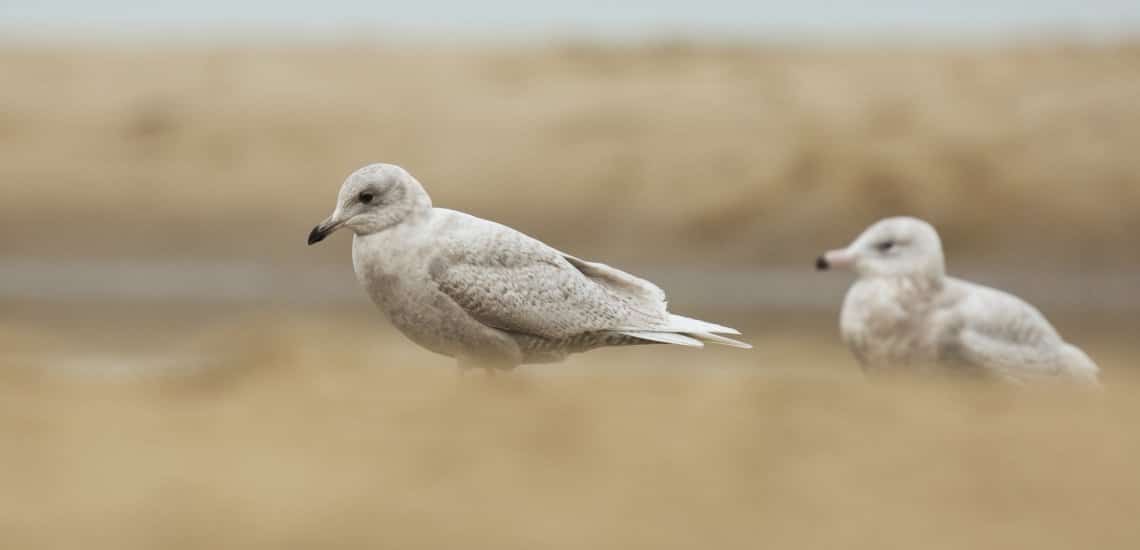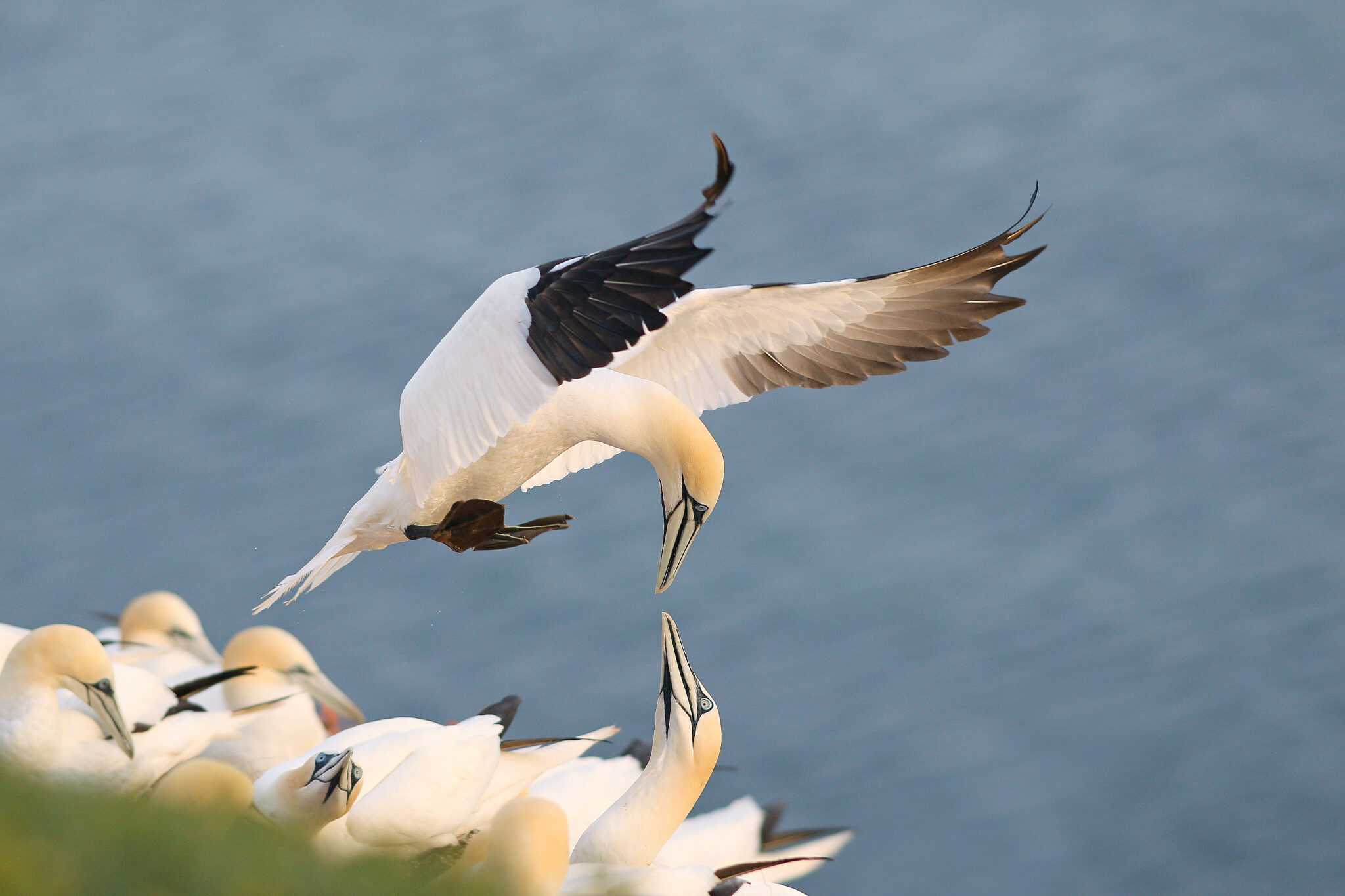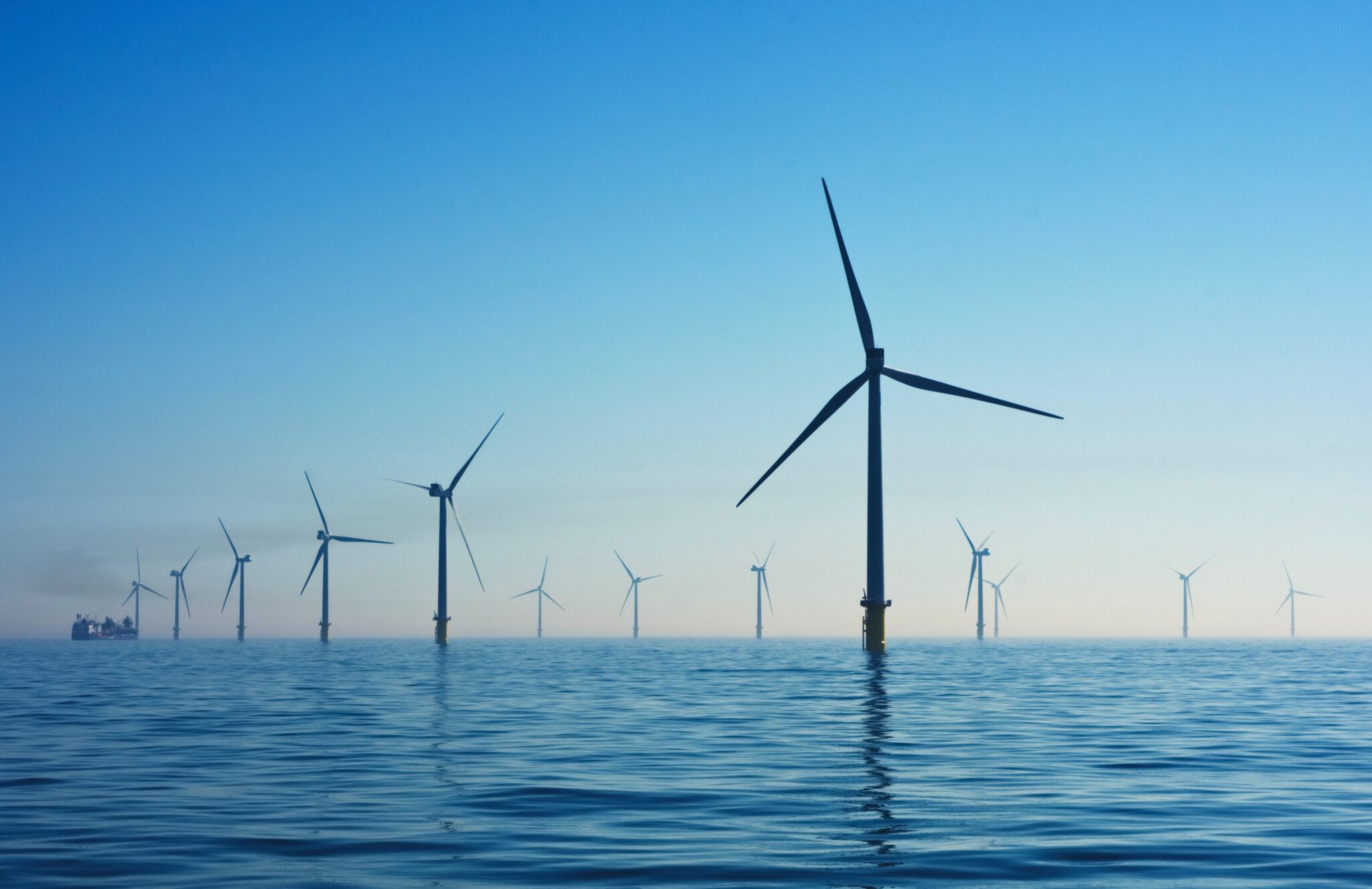Sensitivity Mapping: Accelerating offshore wind expansion and protecting nature

Healthy marine ecosystems play a key role in climate mitigation by capturing and locking away carbon, in addition to supporting human livelihoods and well‑being.
by Anouk Puymartin, Antonio Vulcano & Daniel Mitchell
It is therefore vital to pursue the protection and restoration of our seas hand in hand with, and with equal ambition to the expansion of offshore renewables in our efforts to fight the nature and climate crisis. Sensitivity maps are a powerful tool for protecting nature whilst facilitating the necessary rapid transition to renewable energy to reduce global emissions.
Offshore wind is a low-cost, proven technology that has a key role to play in the renewable energy transition. And while the EU has set ambitious targets for the rapid expansion of offshore wind generation, it must not forget that this will add additional pressure to our seas which are already in a dire state due to existing pressures from other human activities.
If placed in poorly chosen areas, offshore wind farms can end up doing a lot more harm to fragile marine ecosystems, with seabirds being particularly sensitive. With its new strategy, REPowerEU, the EU aims to accelerate, simplify, and shorten the permitting rules for renewables. As part of the strategy, they are requiring EU countries to rapidly identify and designate dedicated ‘go-to areas’ for offshore wind development. But this accelerated approach significantly increases the risk of renewables being developed in areas that will harm nature at sea.
But all is not lost. With sensitivity maps, Member States can achieve strategic spatial planning of offshore wind development. Whilst not replacing site-specific assessments of environmental impacts, sensitivity maps can dramatically reduce conflicts with nature by identifying areas where the negative impacts of offshore wind farms and grid infrastructure will be higher or lower. Having this information allows the selection of locations for development that minimize harm to nature thereby reducing uncertainty, saving time and eventually costs for developers. Sensitivity maps can help to speed up existing planning processes, inform and corroborate environmental impact assessments once locations are selected for development, and avoid conflicts between stakeholders, which can lead to significant delays.
BirdLife, together with its Italian and Polish Partners LIPU and OTOP, are currently developing onshore and offshore sensitivity maps to inform the strategic spatial planning of wind energy development in these countries.
You might also be interested in:
 | Stichting BirdLife Europe gratefully acknowledges financial support from the European Commission. All content and opinions expressed on these pages are solely those of Stichting BirdLife Europe. The European Commission is not responsible for any use that may be made of the information it contains. |









